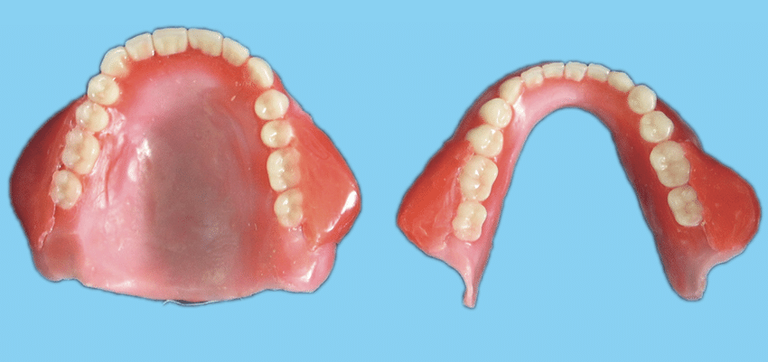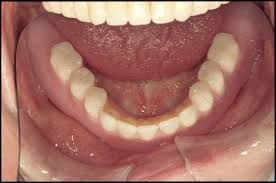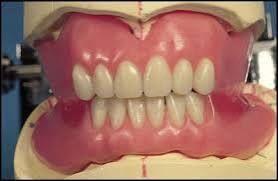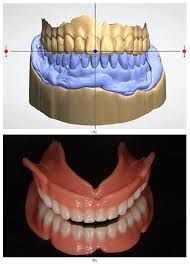For assessment of trial dentures to be effective and reliable it should be evaluated both on the cast and Patient's mouth in order to arrive at a durable and long lasting final fabrication of dental prosthesis.
The trial denture should be evaluated as simulation of the oral cavity on cast before being examined carefully in the mouth
1- Adequate fitting and adaptation of partial dentures on the casts border outlines.
2- Occlusion.
3- Position of man made teeth or tooth with reference to the overall dental structures including natural teeth, gingiva and so on.
4- The arrangement of anterior teeth.
5- Extension and contouring of wax flanges which would later be replaced by acrylic or metal in the final definitive prosthesis.
Last but not least, it should also be examined and evaluated in the patient mouth in respect of the underlisted factors and components
1- Adaptation with the edentulous ridges is very crucial to sustainable and long lasting dental prosthesis.
Patient's comfort and proper appliance function is very important as well.
2- Vertical dimension assessment which comprises the vertical dimension of occlusion and rest.
3- Occlusion
Centric jaw relation and centric occlusion should be adequately addressed and checked out. Centric record should be taken and a new occlusal registration should be noted.
4- Evaluate and modify the shade, mold, and arrangement of the teeth if required including the esthetic aspect and phonetics.
5- Esthetic Appearance.
Esthetic is a very important aspect of try-in procedure as said in the previous writeup.
Therefore, modifying positions of teeth and incisal edges of anterior teeth might be required sometimes in order to achieve a pleasing esthetic result.
6- Patient's feeling and comments on the function and esthetic should also be noted as this might assist in required modification provided it would not compromise the final definitive prosthesis .
In a nutshell and in normal circumstances of a definitive prosthesis wearing, the patient might observed salivation and little strange sensations in the edentulous ridges of the mouth. This is normal as it is like a foreign body and appliance that has not been used before in the oral cavity and such there would be little reaction from the oral cavity tissues which is the cause of the salivation and tactile sensation felt in the ridge.
This is due to the seating of the denture base within the buccal and lingual sulci of the oral mucosa.
These strange reactions will all wear off within the space of time as the patient continues to wear his denture and took proper care of it.
These points should be explained to the patient as among the parts of post insertion instructions given to the patient and is just like making the patient to be aware of such things in case of occurrence as a new denture wearer.
That's all as regards the write-up on cast and mouth assessment of trial dentures before the final fabrication of the definitive prosthesis. More would be discussed on trial dentures in the subsequent posts as it is a very important step which is used to correct and modify any dysfunction or esthetic compromise that maybe existing during denture fabrication.
Thanks for the usual support and nice blog reading.
Happy Blogging and Reading 💥🦷🌴🌴🌴
Video from mohammed moudhaffer YouTuber




Telegram and Whatsapp